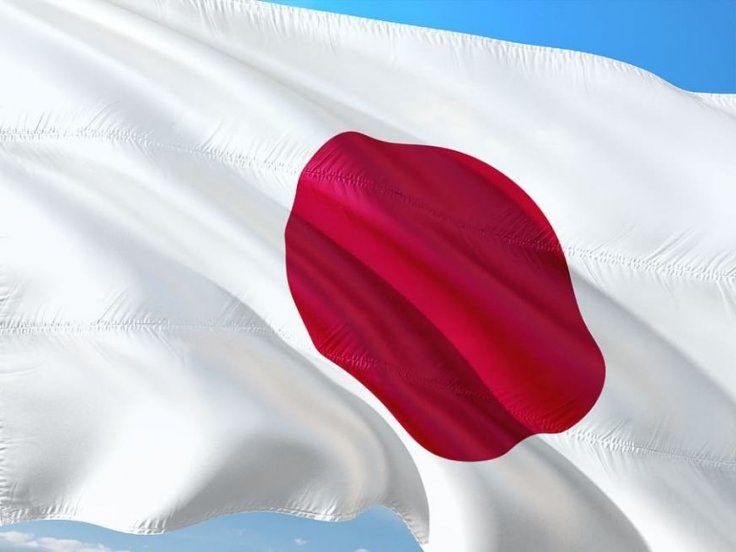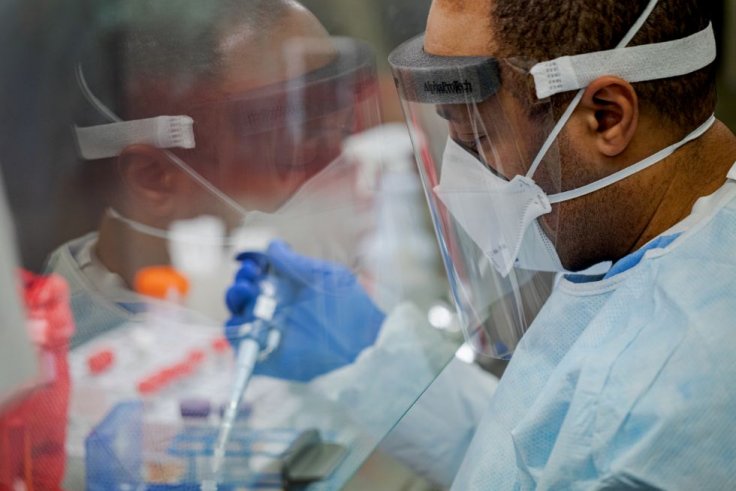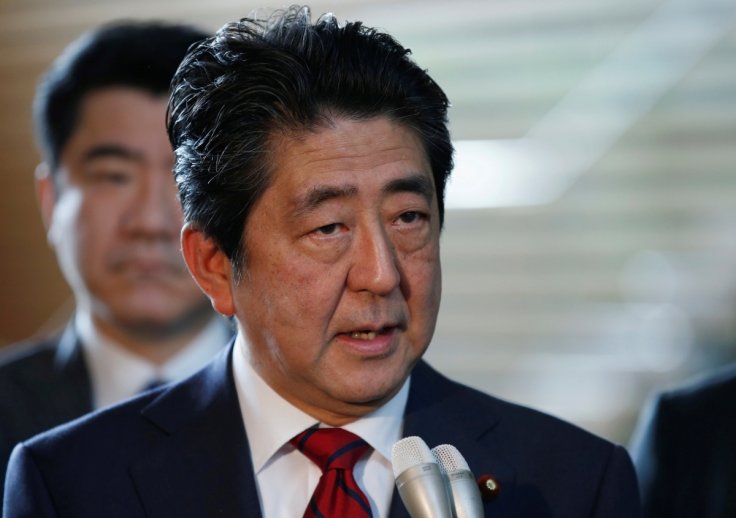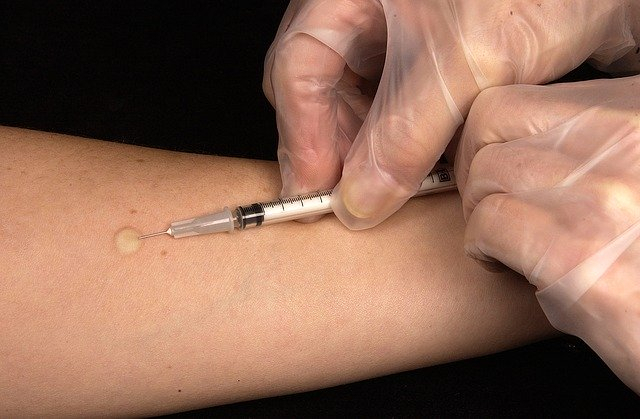Japan served as a beacon to the world with its "Cluster-busting" containment protocol. Dubbed as the "Japan Model", the apparent effectiveness of the method led to the rest of the world considering the implementation of the model in their own counties. But the drastic rise in the number of COVID-19 cases in Japan cannot be contained by the method anymore, a government official said recently.
"The current epidemic cannot be put under control through cluster-busting. It is necessary to take powerful steps to prevent infection," said a health ministry advisory panel member. The method that relies on contract tracing and isolation may have reached its limits, with the nationwide tally consistently being above 2,000 cases for several days.

What Is Cluster-Busting?
The cluster-busting method was said to be efficient in minimizing the transmission of the infection across Japan so far. Health experts across the world have been calling for the implementation of the method to contain the spread of the disease. However, what is cluster-busting? Simply stated, it is the tracking of contacts of an infected person and isolating them.
Advocates of the technique also propose an extra step of ascertaining where the person contracted the infection, to begin with. This step is called 'backward tracing'. The advantage that this step offers is that it taps into a vital weakness in the spread of the coronavirus, or its propensity of the infection to spread in clusters, mostly at super-spreading events.
Highlighting the strengths of the Japan Model, Prof. Kazuto Suzuki from Hokkaido University's Public Policy School, wrote in an article: "The model allows for a certain level of economic activity and maintains people's freedom to move about, and as such is more sustainable over the long term than more burdensome models such as lockdowns."
From Feasible to Unfeasible

While the first wave was characterized by the initial and low number of infections reported in the country, the second wave that hit Japan during the summer gathered a higher number of cases. Fortunately, most of the clusters were concentrated in the entertainment districts. However, in the third wave, clusters are being identified across a wide range of locations such as workplaces, medical institutions, and foreign communities residing in Japan, among others.
As cases surge, the shortage of workforce at public health centers is threatening an already escalating situation. Though steps such as prioritizing elderly care facilities are being instituted to reduce the burden on existing manpower, the method seems to have reached its limits of feasibility, according to some experts. The number of cases country-wide has increased at a rate of over 2,000 cases per day for the better part of the week. So where did Japan lose the plot?
Not Imposing Lockdowns
Despite some of its Pacific neighbors such as Australia and New Zealand imposing more stringent lockdowns, Japan did not impose it early. Shinzo Abe, Former Prime Minister, declared a 'state of emergency' for one month across a handful of prefectures on April 7, 2020, and a nationwide emergency on April 16, 2020, with an extension for an unspecified period. Eventually, beginning in May, the emergency was withdrawn across the country.

At that point, Abe was questioned about the low rate of testing. However, he declared that the cluster tracking method had yielded beneficial results in most areas. "We were able to contain (the spread of infections) to the level at which it can be prevented with a thorough cluster-focused approach," Abe reporters during an address.
Lessons Learnt But Not Acted Upon
In August, the number of cases began reaching about 2,000 cases per day. An analysis published in The BMJ pointed out that several factors that had emerged from the first wave, had not been acted upon. For starters, the inadequate testing led to several undiagnosed cases that led to an increase in both community-acquired and hospital-acquired infections, thereby, resulting in the diversion of the capacity of the health system from other vital services.
Another point was that the government's insistence on its citizens avoiding the three C's—closed spaces, crowded places, and close-contact settings—did not yield any significant behavior modification. While the importance associated with the 3C's avoidance was clear, the emphasis on physical distancing, staying home, and washing hands was not strong enough.

According to the authors, the tussle between politics and science of the pandemic also affected response. A committee established under the cabinet lacked sufficient autonomy and teeth, thereby, making it's functioning ineffective. For example, a recommendation that social contact must be decreased by 80 percent was reduced to just 70 percent by the government.
Dropping the onus on the government, the paper also stated that the Abe administration lacked accountability and transparency. Downplaying the importance of a lockdown and decisions such as the postponement of the 2020 Olympics without offering any explanation about the decision-making process, were pointed out.
Most importantly, the authors sought a shift from the cluster-based response to one that was based on the learnings from the initial wave. Deployment of advanced scientific techniques such as big data analytics and genetic sequencing was essential to ensure that Japan's health infrastructure is not overwhelmed by the subsequent waves.
New Worsening Variables
Certain new national-level changes such as the government-backed 'Go To Travel' program, an economy-boosting travel subsidy campaign that was launched on July 22, could be the underlying factor behind the surge in Japan's COVID-19 tally. Despite experts calling attention to the perils of the program, the administration has defended the program.

In fact, Yoshihide Suga, Japan's New Prime Minister, defended the program as recently as November 25 and stated that there was no evidence to suggest that it led to the rise in COVID-19 cases. "I think you are aware that the government panel (on coronavirus) last Friday said there is no evidence that shows the campaign is a major cause of the spread of the virus," he said, according to the Mainichi Shimbun.
Another similar government-supported campaign, 'Go To Eat', that kicked off in October and rewarded diners, is also active as the cases in the country show no signs of slowing down. However, the Suga-led government said that guidelines for the program would be tightened. However, a state of emergency and or more restrictive measures were out of the question. "I ask citizens once again to be vigilant about taking basic precautions. We ask that people engage in quiet, masked, dining. I will do the same starting today," Suga told reporters recently.
What Next?
While the cluster model may have benefited initially, Japan may have, in fact, headed into the 'overwhelmed' area already. It is uncertain whether the method will be effective in curbing what is being considered the third-wave of COVID-19 in the country.

"Cluster-busting is effective in containing local outbreaks in areas where infections have not spread widely. But it is difficult to put outbreaks under control in areas where infection routes are unknown in half of new cases," the earlier mentioned panel member said. He called for more stringent measures from the government.
Though a COVID-19 vaccine could be the answer to Japan's rising numbers (Japan signed a deal with Pfizer for 120 million doses of its vaccines), experts such as Prof. Masayuki Miyasaka from Osaka University, say that it will not be as easy as it sounds due to Japan's strict trial protocols. Also, rushing into inoculation without sufficient proof of safety could prove fatal for some individuals.
"My conclusions are that the efficacy (of those drugs) should be high, but safety has not been guaranteed, and we have to treat them with extreme caution," he said. So, how will Japan deal with its spiking numbers? Only time will tell.









